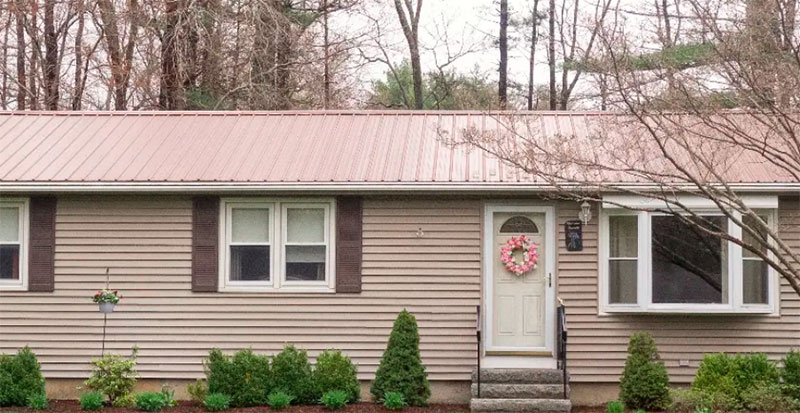All About 40-year mortgages
Susan Kelly
Nov 26, 2022
Mortgage loan durations of 15 and 30 years are the most frequently used for rate comparisons. Mortgage payments over 30 years are lower than those over a 15-year term, but as interest rates rise, the affordability of 30-year mortgages is deteriorating.
That time frame can be extended even further with a 40-year mortgage. The monthly payments on this mortgage extension are lower, but the extra ten years of financing will cost you a lot more in interest.
The nature of this: A 40-year mortgage extends the typical loan repayment term beyond the more typical 30- or 15-year periods. To whom this may concern: Borrowers who struggle to make their mortgage payments on a loan with a shorter term may find relief in a 40-year mortgage, which is not as common but may be an option for them.
For times when you might require it: Lower monthly payments are one benefit of a 40-year mortgage term. If you're having trouble making your mortgage payments but can't or won't sell your home or refinance, you may need one of these.
Would a lender provide you with a loan with a 40-year repayment term?

Although 40-year mortgages exist, you may need help locating one because many mortgage companies don't include them in their loan offerings.
However, if you have a Fannie Mae- or Freddie Mac-backed loan, you can use the Flex Modification program to lengthen your mortgage term to 40 years. You could get a better interest rate if you qualify for it. Borrowers of certain types of FHA loans also have the option of a 40-year repayment term.
These 40-year plans are loan modifications that might reduce monthly payments. They originated from people's desperate search for aid during the outbreak.
Exactly how do mortgages with terms of 40 years function?

There are many kinds of forty-year mortgages, each with its own terms and conditions that can affect your monthly payment. A variable interest rate is another option, though you can also receive a set rate. Several alternatives are listed below. The monthly payment on a fixed-rate mortgage remains constant over the entire 40-year loan term, just as it does throughout a 15- or 30-year fixed-rate mortgage.
Mortgages with fluctuating interest rates are known as "ARMs." The interest rate on a 40-year adjustable-rate mortgage (ARM) might change during the loan. For the first five years, your interest rate could be 6%. Once every five years after that, your rate will change to reflect market conditions. A maximum rate rise of, say, 5% over the life of the loan could be included in these modifications, significantly increasing the total amount you pay. When you add a longer loan term, you significantly increase your exposure to future rate increases.
A 10-year interest-only period on a 40-year mortgage is an option for some borrowers who can't qualify for a traditional loan modification. After that point, the loan is converted into a 30-year fixed-rate mortgage. Advantage: lower initial payments; risk: no equity built in the first decade (unless your home rises in value). In addition, if you don't make any principal payments for the first ten years, you may default and pay more interest. N.J.-based mortgage banking Approved Funding's president and chief loan officer, Shmuel Shayowitz, predicts the trend's growth because of the monthly savings it brings to homeowners.
Why do some mortgages have terms of 40 years?
For decades, 30-year mortgages have been the standard, but as housing costs rise, a 40-year loan may become more accessible to consumers.
where interest rates are 7 percent and home values are at an all-time high, you see fewer and fewer homeowners being able to buy a home based on a 30-year amortization." The 40-year mortgage is here to assist in stimulating the housing market.
Repaying a mortgage over 30 vs. 40 years Compared, a mortgage with a shorter term (30 years) will save you more money overall. The only costs reflected here are the principal and interest payments, which don't include home insurance and tax payments.
Pluses of a 40-year mortgage The key benefits of a 40-year mortgage include lower monthly payments and the possibility of savings in the short term.
Lessen the cost of your monthly bills. A 40-year mortgage might make a big impact if you're on a strict budget. Take a $312,000 loan at 6.85 percent interest over 40 years, and you'll add an extra $140 to your monthly budget only for the interest and principal payments.







